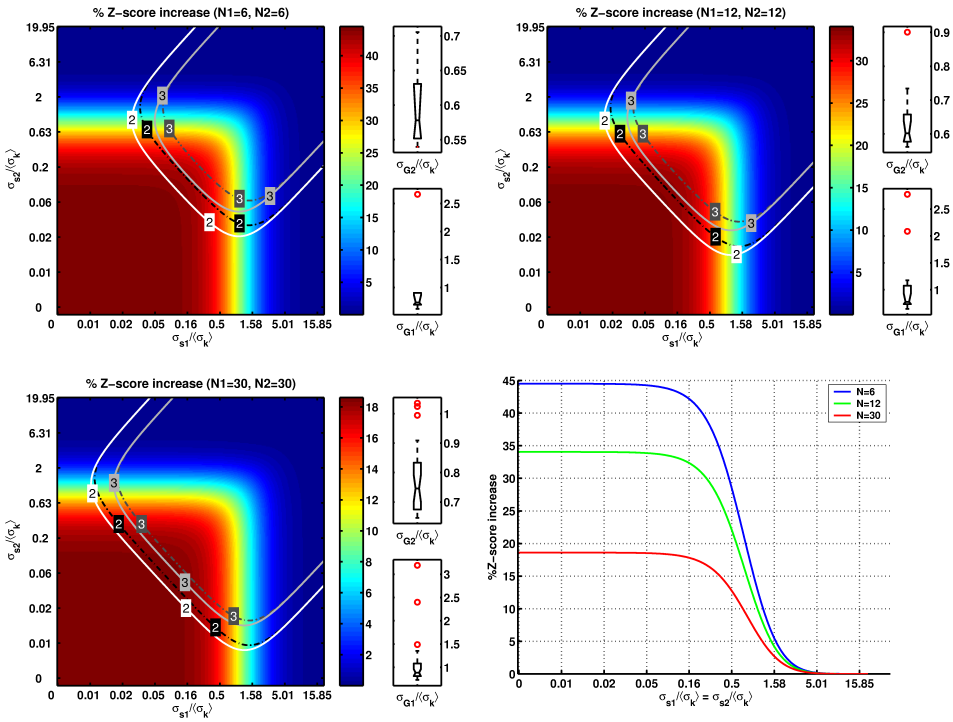Figure 4 shows numerical simulation of the
expected ![]() -score increase for different first-level variance
configurations. As before, the expected increase is independent of
the second-level effect size but will depend on the first-
level variance configuration for group 1 and group 2 as well as the
different second-level variances
-score increase for different first-level variance
configurations. As before, the expected increase is independent of
the second-level effect size but will depend on the first-
level variance configuration for group 1 and group 2 as well as the
different second-level variances
![]() and
and
![]() .
The added flexibility of the heteroscedastic model is important
for a variety of real FMRI experiment where the two
groups naturally will have different variance configurations, e.g.
studies of patients vs. non-patients. Once again, significant
changes in
.
The added flexibility of the heteroscedastic model is important
for a variety of real FMRI experiment where the two
groups naturally will have different variance configurations, e.g.
studies of patients vs. non-patients. Once again, significant
changes in ![]() -score (e.g.
-score (e.g. ![]() ) can be seen over a large set of
configurations.
) can be seen over a large set of
configurations.

|
|